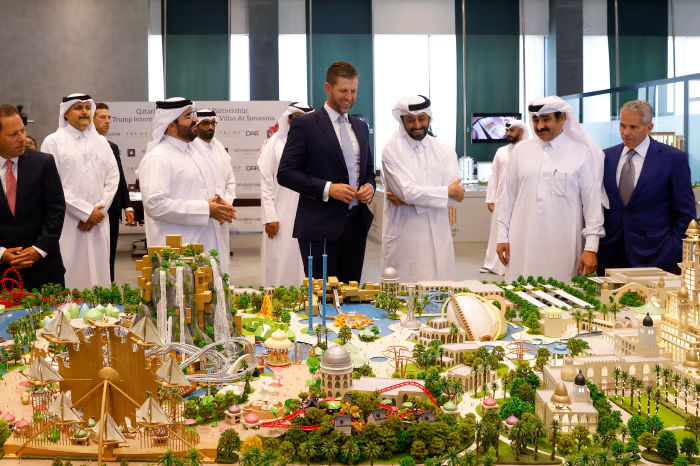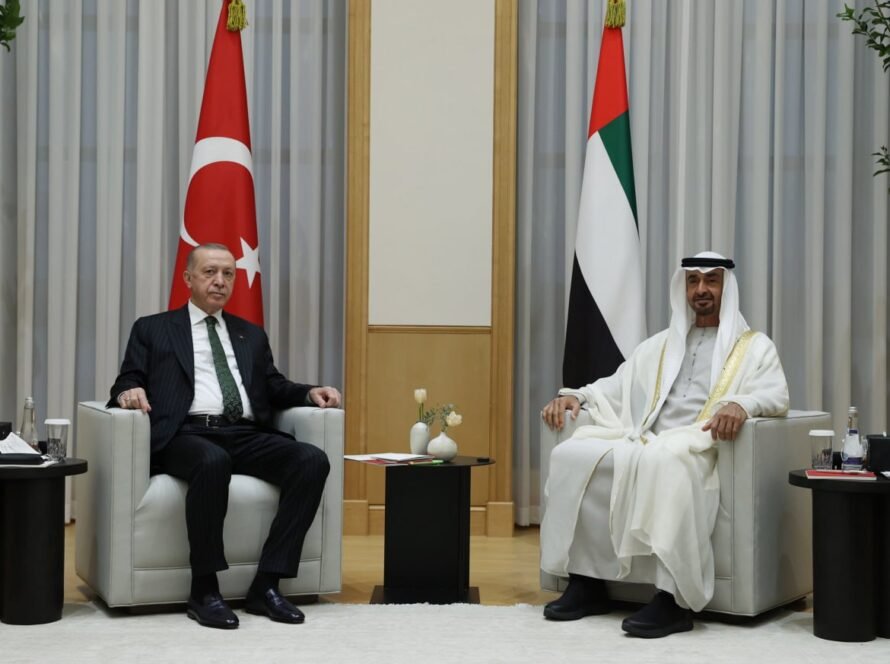
A Strategic Wave of Capital Flow
In 2025, Gulf investment in U.S. real estate is experiencing a surge like never before. Leading the charge are developers and sovereign-backed entities from the United Arab Emirates (UAE), Saudi Arabia, and Qatar—redirecting billions into residential, commercial, and logistics properties across key U.S. cities.
This rising tide of capital from the Middle East to Wall Street isn’t just about returns. It reflects strategic priorities, diversification mandates, and a long-term vision that redefines the global real estate landscape.
See more about Gulf–US Investments
Why the U.S. Real Estate Market?
For Gulf investors, U.S. real estate offers the ideal mix of stability, scalability, and yield—factors increasingly critical amid global volatility. The appeal includes:
-
Transparent legal systems and investor protections
-
Strong rental returns in commercial and residential sectors
-
High-growth metros like Miami, Dallas, Austin, and Atlanta
-
Hedge against inflation and oil market fluctuations
These dynamics have turned U.S. real estate into a cornerstone of portfolio diversification strategies for Gulf sovereign wealth funds and private developers alike.
UAE Developers at the Forefront
UAE-based players such as Emaar Properties, Aldar, and Mubadala Real Estate & Infrastructure are now aggressively expanding into the U.S. property market. Their focus areas include:
-
Luxury residential projects in New York, Miami, and Los Angeles
-
Mixed-use urban developments with retail, hospitality, and smart tech integration
-
Commercial real estate portfolios in tech hubs and business corridors
-
Industrial/logistics parks supporting the e-commerce boom
These investments go beyond asset acquisition—they often include joint ventures with U.S. firms, urban revitalization partnerships, and green building innovations aligned with ESG goals.
Strategic Motives Behind the Shift
1. Post-Oil Economic Diversification
The Gulf region’s shift away from hydrocarbons, led by national programs like UAE Vision 2071 and Saudi Vision 2030, has pushed state and private capital toward global, income-generating assets. Real estate is a natural choice for predictable, long-term returns.
2. Generational Wealth Transfer & Global Influence
As younger Gulf leaders and investors gain influence, they are looking to build generational assets in markets of strategic relevance. Real estate in cities like New York and San Francisco serves both as an investment and a global status signal.
Discover how Gulf Investments Driving Growth in US Real Estate is reshaping property markets and creating global opportunities.
3. Currency Stability and Risk Mitigation
Investing in U.S. dollar-denominated assets provides currency protection. Real estate, especially in prime U.S. cities, acts as a safe haven amid Middle Eastern geopolitical uncertainty and oil price cycles.
Key Markets and Property Types in Demand
The trend spans several high-demand property classes:
-
Multifamily Residential: Attractive for rental yield and urban migration trends.
-
Commercial Office Space: Especially Class A buildings in tech-driven regions.
-
Industrial Warehousing: Benefiting from the e-commerce surge and restored supply chains.
-
Mixed-Use and Hospitality: High-end hotels and branded residences tied to luxury Gulf brands.
Cities like Houston, Miami, and Phoenix are also seeing rising interest due to their business-friendly environments and expanding populations.
Implications for the U.S. Market
The influx of Gulf capital is adding competition to an already hot U.S. real estate market. It brings:
-
Increased demand for high-value assets
-
Enhanced liquidity in luxury and commercial segments
-
More cross-border joint ventures and co-development deals
While some worry about foreign ownership, others see this as a vote of confidence in the U.S. economy. Local developers and cities stand to benefit from foreign capital infusion, especially in underutilized or redeveloping districts.
Learn more Global Tech Shift
Conclusion: The Future is Cross-Border
The growing footprint of Gulf investors in American real estate is more than a trend—it’s a strategic movement driven by vision, capital, and a redefined global outlook.
From Dubai’s skyline to downtown Manhattan, Gulf developers are reshaping urban landscapes, forging partnerships, and building a new kind of real estate diplomacy—one where bricks and mortar meet cross-border ambition.




